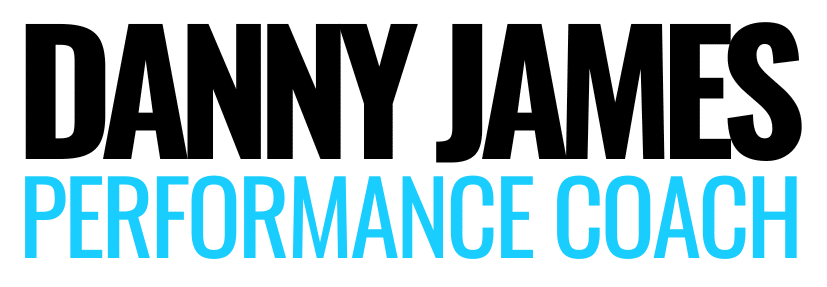Top of the list of exercises getting butchered right now has to be push-ups. Even some long lost push-up variations have made a return to the spotlight.
They’re a great exercise and hugely overlooked under normal circumstances. Enter a Pandemic, and they’ve become a program staple for many who are without equipment.
But, do they provide enough of an overload? And how much weight are we actually pushing in a pushup anyway?
Today we’ll look at a 2011 study that quantified push-up load as a percentage of body weight, but first…
Why is it important?
Well, this information helps us in a few ways:
- It allows us to determine an adequate entry point based on current strength levels.
- It allows us to track progress.
- Offers flexibility to toggle load based on the type of stimulus we’re looking for.
All this ensures that our training has proper progression and purpose built-in.
So, with that, let’s dive in.

Kinetic Analysis of Push-Up Variations
Ebben et al, performed a kinetic analysis of several push-up variations. They measured ground reaction forces of each as a percentage of total bodyweight. 23 subjects (14 men, 9 women) performed each of the 6 push-up variations in a randomised order.
The aim was to answer the age-old question:
How much weight are we pushing in a push-up?
Here’s what happened (easiest to hardest):
- Hands elevated on a 60.96-cm box = 41% of BW
- Modified push up (from knees) = 49% of body weight BW
- Hands elevated on a 30.48-cm box = 55% of BW
- Regular push up = 64% of BW
- Feet elevated on a 30.48 cm box = 70% of BW
- Feet elevated on a 60.96-cm box = 74% of BW
There were no gender differences in response to the push-up variations. Also, subject height didn’t influence GRF for any of the variations except for hands up on a 60.96-cm box.

Takeaways
So, what do we do with this information?
Well, as I mentioned before this can help guide our decision making when choosing a load outcome. Here are some examples:
If you struggle with push-ups from the floor, elevating the hands is a fair starting point. It makes it easier by reducing the percentage of bodyweight load you’re lifting. Working towards the floor, and later elevating the feet can be a means to increase difficulty.
In general, a good rule of thumb is to pick one of the push-up variations that allows 3-5 sets of 5 hard repetitions. When you can perform the same number of sets for 12 repetitions, then move to the next level of difficulty. Bring the reps back down and start over.
If you want more of a high-rep strength endurance effect, pick an easier variant and rep it out into the 30s.
If you’re looking to build density and strength, work with the option that challenges you at 4-12 reps.
What about weighted Push-Ups?
Access to weight plates or weighted vest will give you more options to extend the continuum. Not only at the end of the spectrum, but dotted within it as well. For example:
Option # 1 – As normal:
Hands elevated – Modified Push Up – Regular – Feet elevated.
That’s a fine option as is.
Option # 2 – Weighted Push-ups (With a weighted vest, or weight plate placed on the upper back):
Hands elevated – Regular – Regular weighted – Feet elevated – Feet elevated weighted
There you go. Many more months of fun to be had.
And if you’re already at the far end of the line, performing sets of 20 weighted pushups with feet up?
Worry not, friend.
I’ve got a detailed plan of action coming up for you, soon. Stay tuned.

Reference
- Kinetic analysis of several variations of push-ups. Ebben, et al. 2011
Related
- Seated Arnold Press: How To Do That Weird Shoulder Dumbbell Press Exercise Variation
- Returning to Training After a Break
- Rise of the Machines vs Free Weights
- When Best to Fail


[…] Analysis Of Push-Up Variations and Load […]
[…] Analysis of Push-Up Variations and Load […]
[…] of us have been severely modifying workouts, or without them completely. And push-ups are getting really, really […]
[…] Analysis of Push-Up Variations and Load […]
[…] Push […]
[…] Push […]